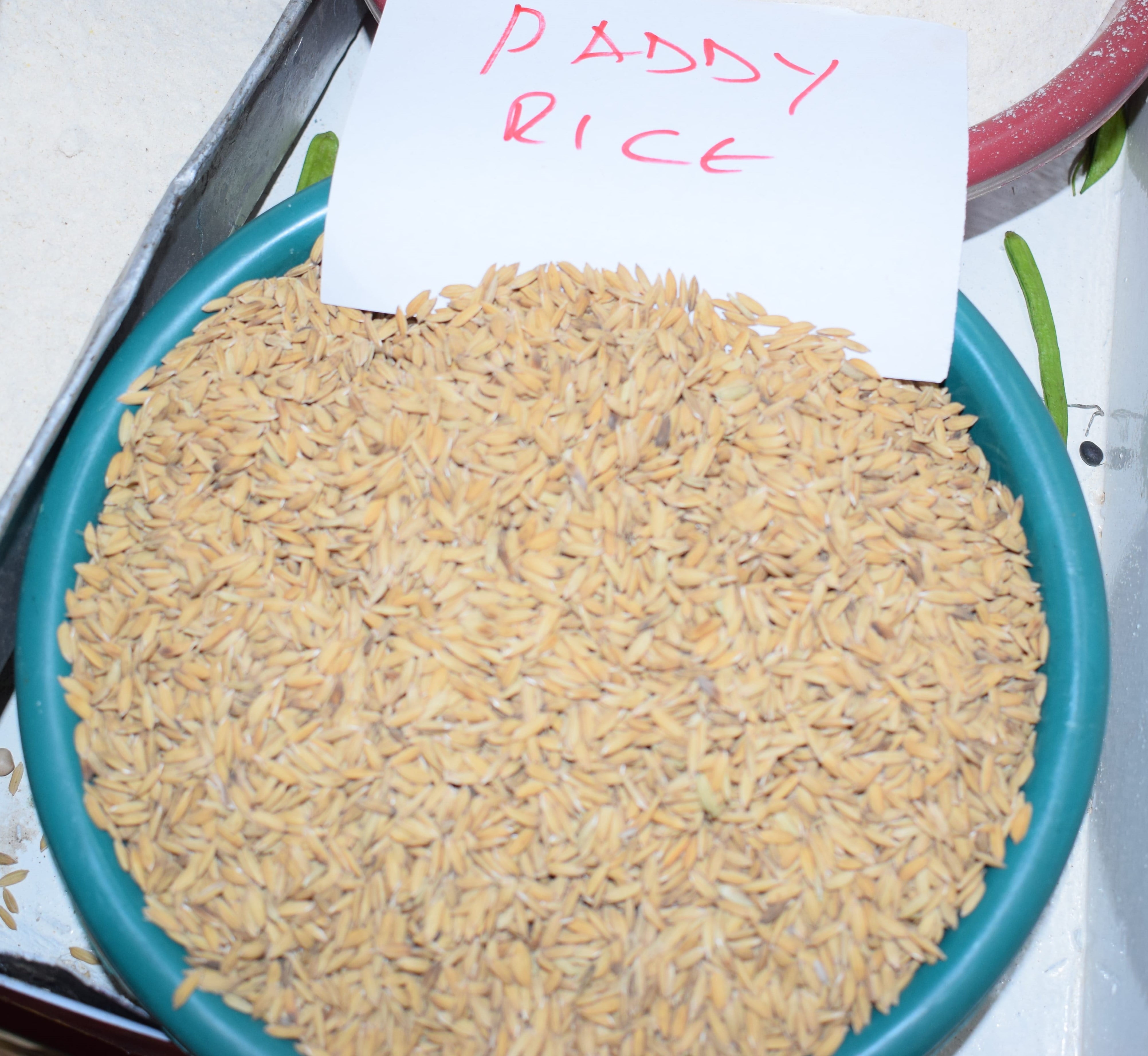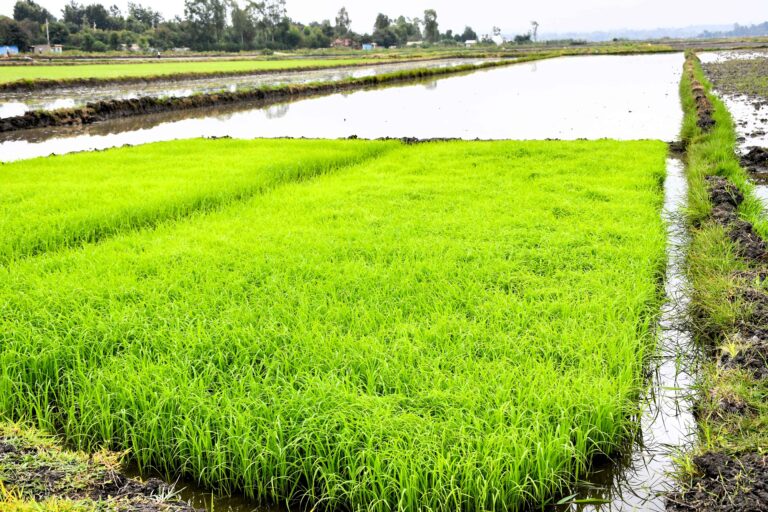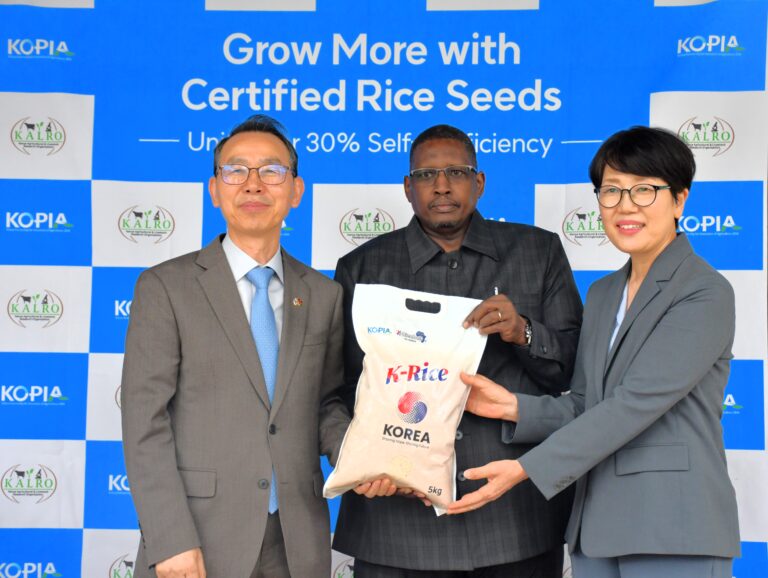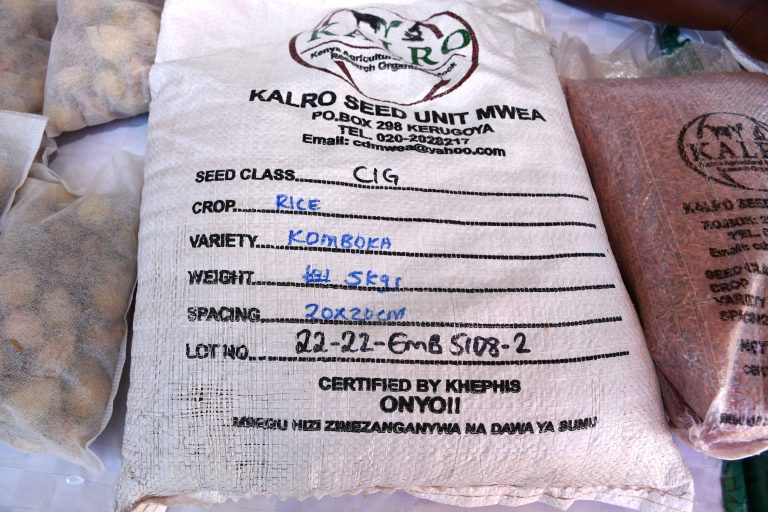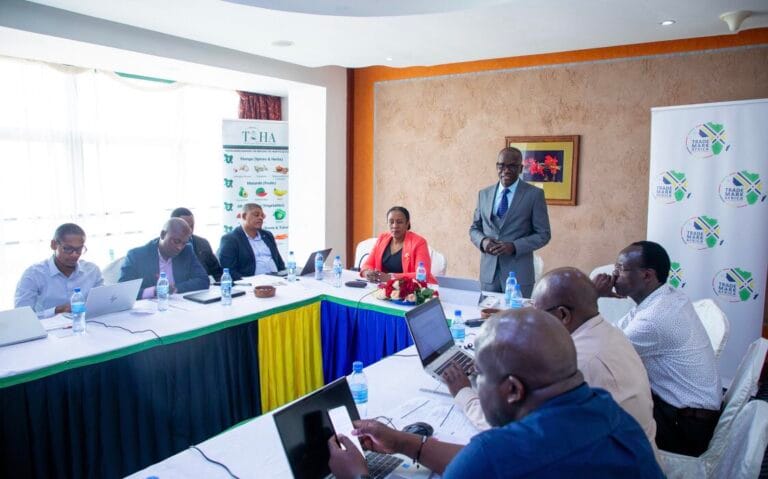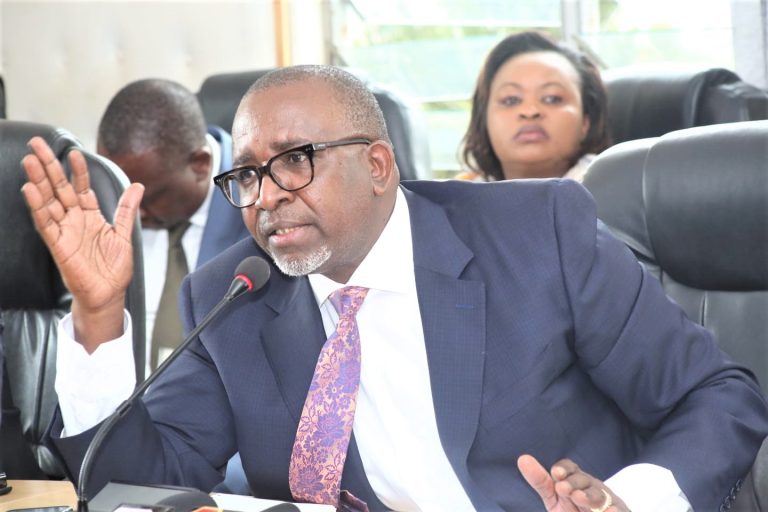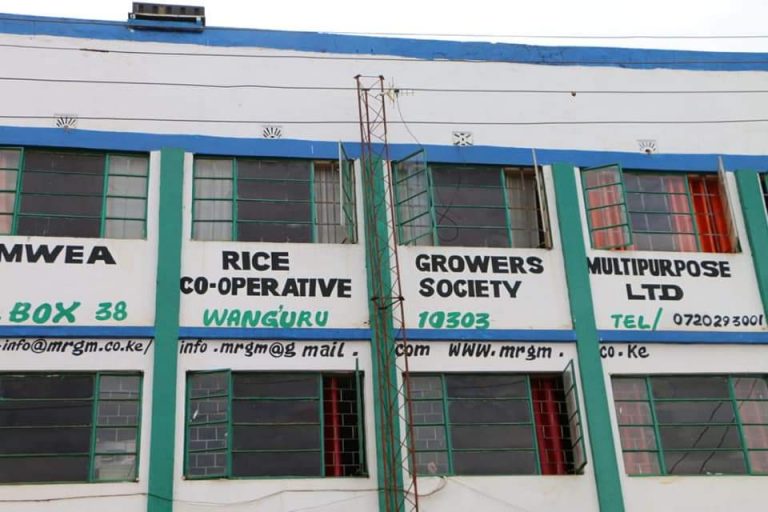As rice becomes a strategic commodity in Africa, many countries in East Africa have embarked on various programs that, along with continental initiatives, aim to chart a course of action for moving the regional rice sector forward.
At the recently concluded East Africa Rice Conference (EARC) 2021, key players from Africa’s agri-food sector listed increased availability and access to quality inputs via harmonized regional policies and regulations, public-private partnerships support in value chain upgrading and regional trade in local rice, and strengthened regional and national platforms to promote policy coordination and investment as top regional priorities to champion an integrated rice sector development in the region. These, together with other coordinated actions, will contribute to accelerated agri-food sector transformation to address challenges facing food and nutrition security in the region.
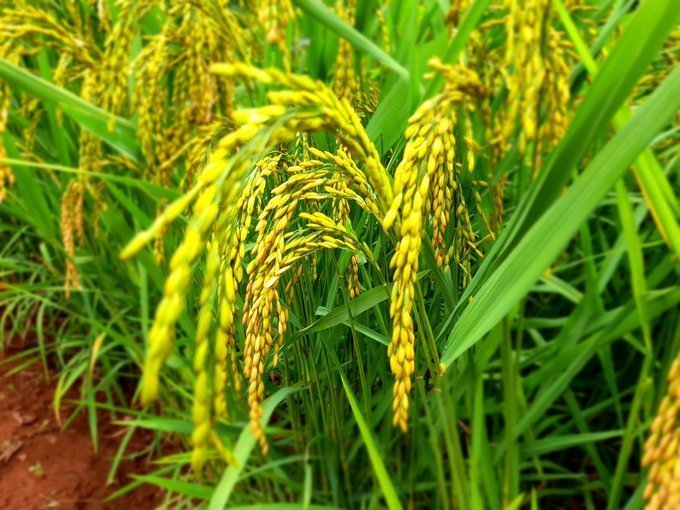
Organized by the Africa Rice Center, the Agricultural Policy Research in Africa Programme of the Future Agricultures Consortium, the Centre for African Bio-Entrepreneurship, the Coalition for African Rice Development (CARD), the International Rice Research Institute (IRRI), and the Japan International Cooperation Agency, with support from the UK Aid and the Foreign, Commonwealth & Development Office of the United Kingdom, EARC 2021 featured prominent scientists, experts, and thought leaders to discuss local and regional challenges and present the range of opportunities for research and development in rice-based agri-food systems.
Rice is the fastest-growing food staple in Africa with its demand growing at more than 6 percent annually. Rice cultivation is the primary source of income for more than 35 million smallholder farmers in the continent. The United States Department of Agriculture (USDA) cited that in most countries in Sub-saharan Africa (SSA), rice transitioned from luxury and holiday food to a major staple food and growing source of calories, due to growing economies, increasing urbanization, rising household incomes, improvements in infrastructure, and greater market access.
In her keynote speech at EARC 2021, CARD Secretariat Director and AGRA President Dr. Agnes Kalibata emphasized, “Increasing the competitiveness of the East African rice industry is critical to taking advantage of the improving trade environment and the expansion of production capacity and markets that we see on the continent.”
Currently, the increasing demand is being supplied by imports since the demand outpaces the production capacity of the region’s rice sector. USDA projects that SSA imports will shoot up to 15.4 million tons by 2026. Meanwhile, according to Kilimo Trust’s 2014 report, 500 million USD per annum of rice imports is accounted for in the East Africa Common Market area. Rice demand in the East Africa Community exceeds supply by over 0.6 million metric tons per annum, a deficit supplied with imports mainly from Asian countries. This provides a tremendous opportunity for farmers in the region, especially for over 1.5 million farming households that depend directly on rice for their food and livelihoods.
“The potential for growth in SSA’s rice sector is enormous. If proper interventions are in place, this existing potential can enable the region to produce more than its needs for consumption, allowing it to become a net rice exporter,” said Dr. Abdelbagi Ismail, EARC 2021 Chair and IRRI Regional Representative for Africa.
To move this forward, the CARD initiative has facilitated the development of the second national rice development strategy (NRDS2) of CARD member countries. “CARD works with governments and development partners to respond to the increasing importance of rice production in Africa,” explains Dr. Yusuke Haneishi, General Coordinator, CARD Secretariat. NRDS and NRDS2 clearly outline strategies, priority areas for investment, and targets based on the goal and strategic objectives of each country considering the importance of the rice sector to address food security, improve livelihoods of those who depend on the rice sector, and boost the countries’ and region’s economy.
“In a year in which the UN holds its first food systems summit, East Africa should seize the moment to apply a systems approach to rice. The impact of the COVID-19 pandemic has made the need for self-sufficiency more critical, providing an urgent reminder of the value of resilient agri-food systems to defend against volatility in food prices and exports,” CGIAR Special Representative to the UN Food Systems Summit 2021 Dr. Kanayo Nwanze said in his message during the opening program of EARC 2021.
The conference kicked-off on 18 May with simultaneous country workshops on related themes in six East African countries—Burundi, Ethiopia, Kenya, Rwanda, Tanzania, and Uganda. The virtual sessions were attended by more than 400 participants from across the globe between 19-20 May 2021.
The outcomes of the conference will be made available to relevant and interested stakeholders and will feed into the local and global agri-food systems transformation dialogues and recommendations in the lead up to the East African Regional Rice Strategy development and the United Nations Food Systems Summit.


